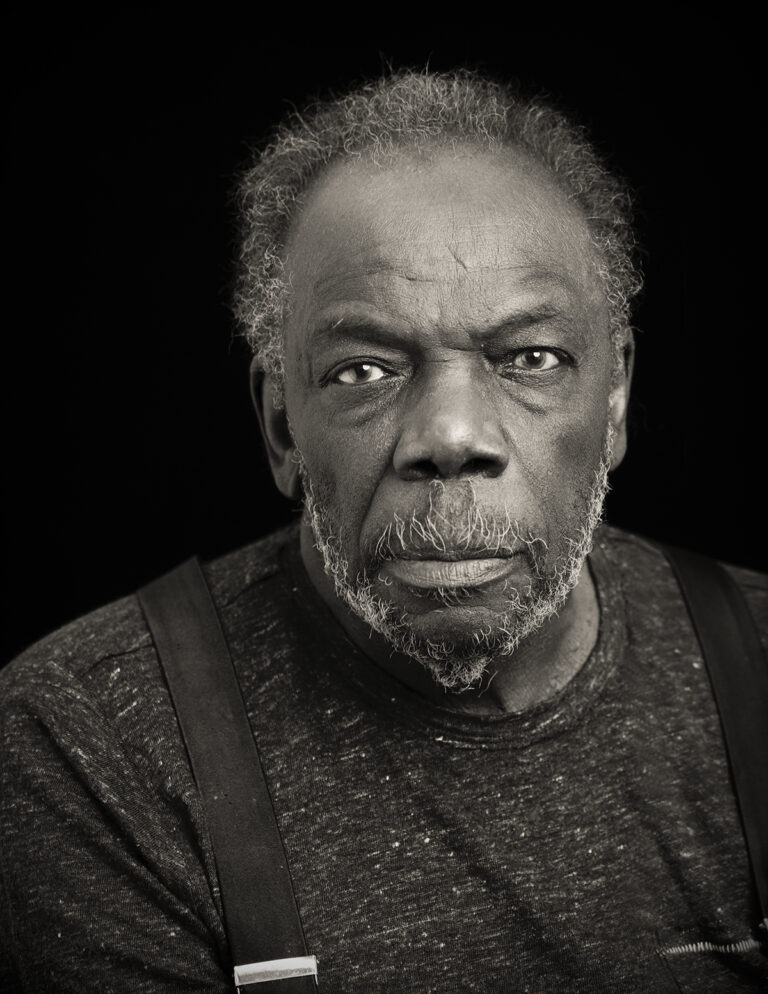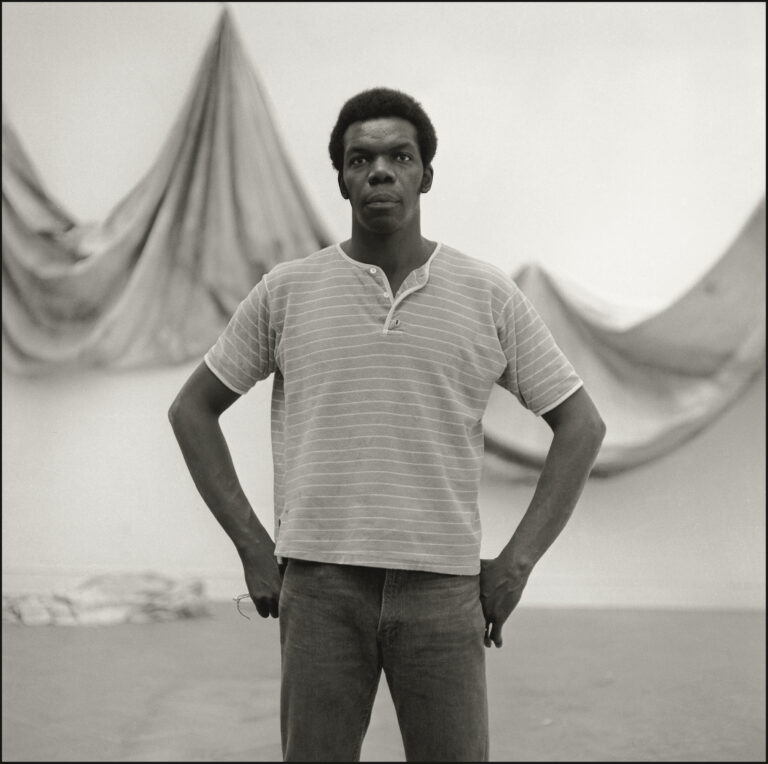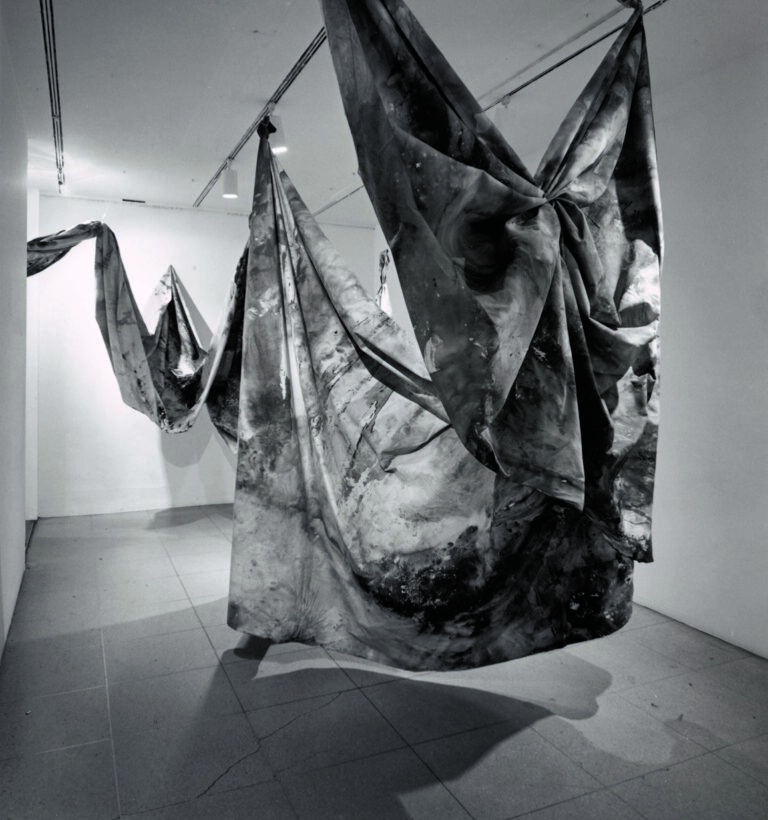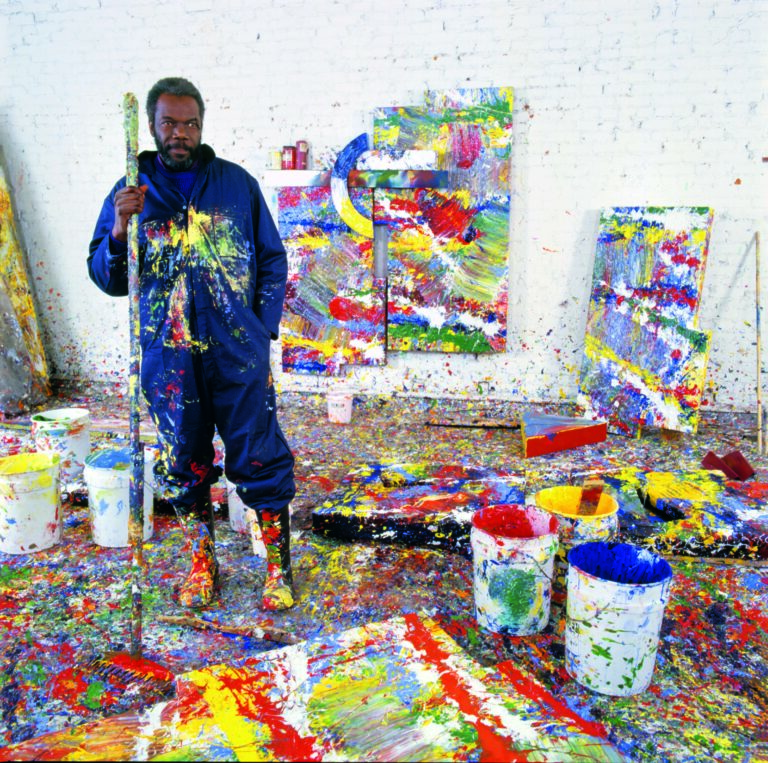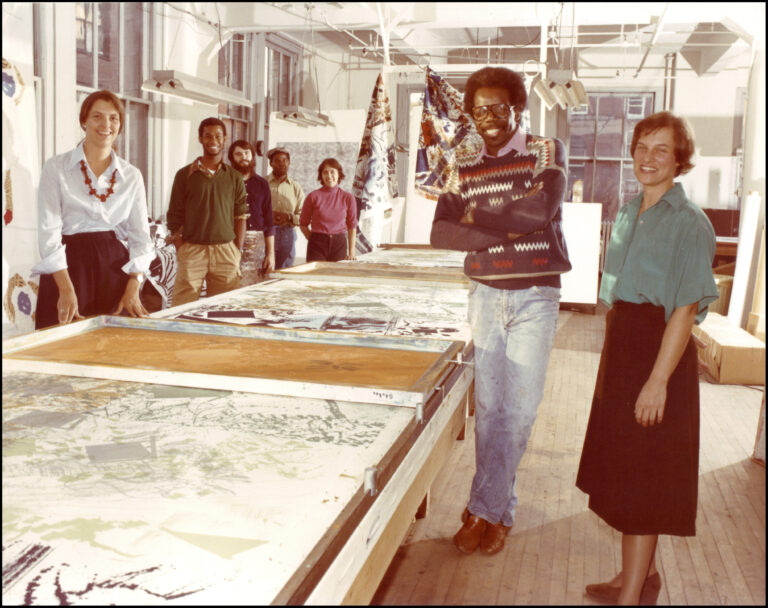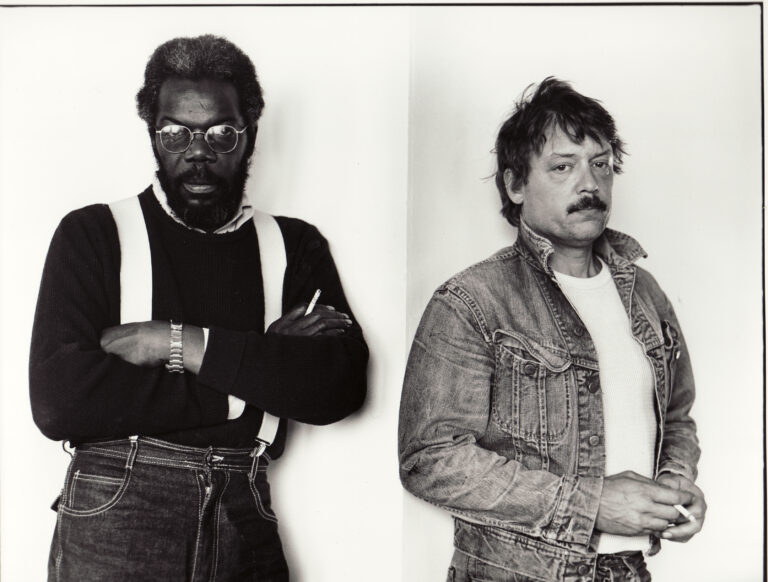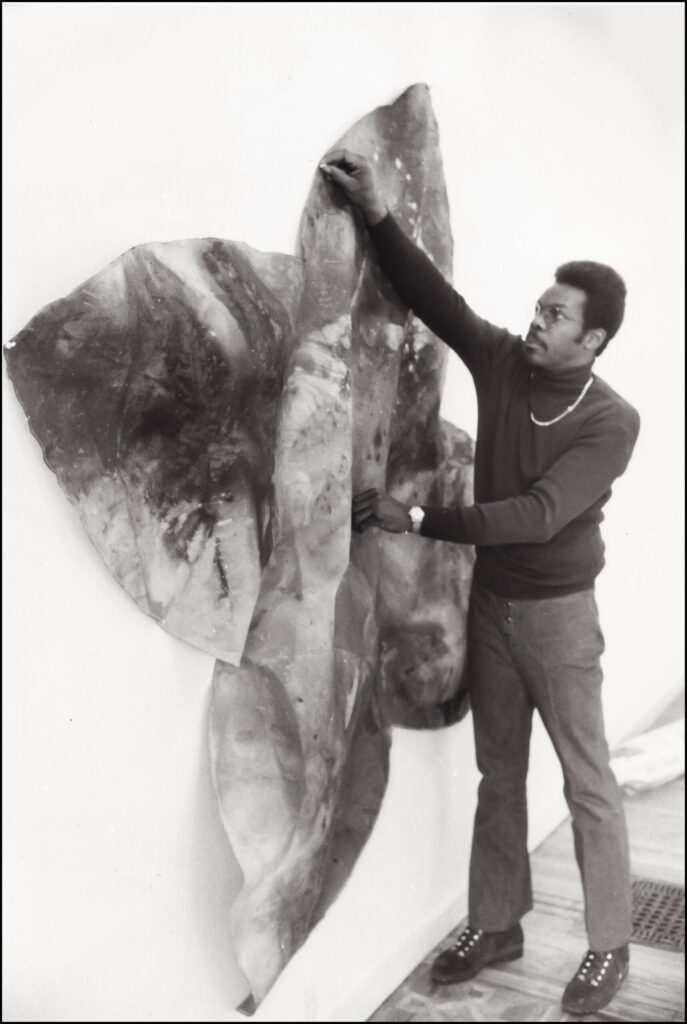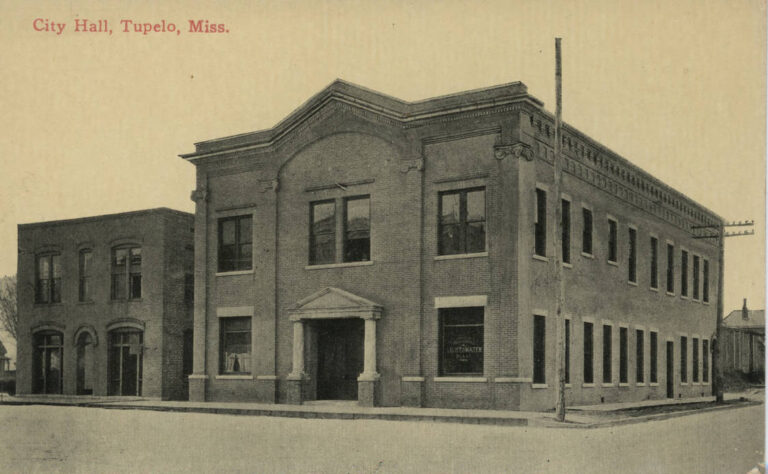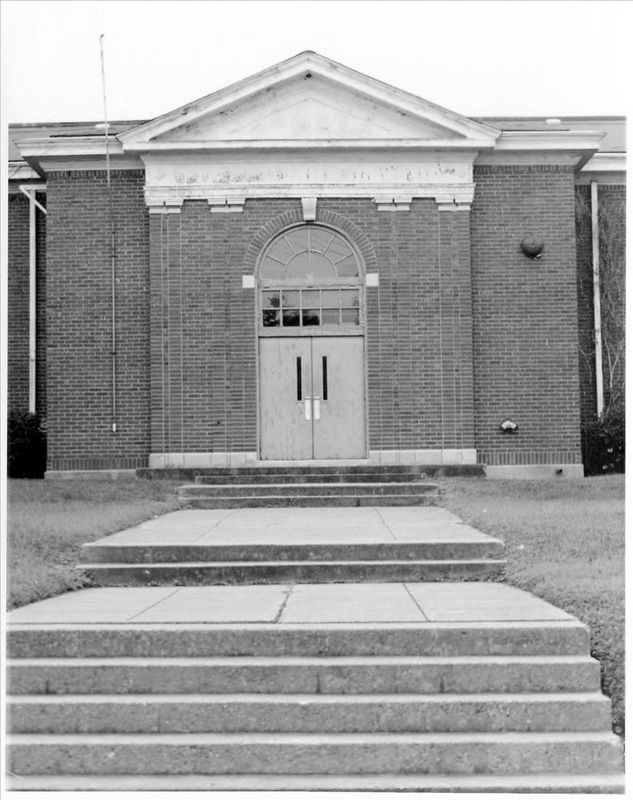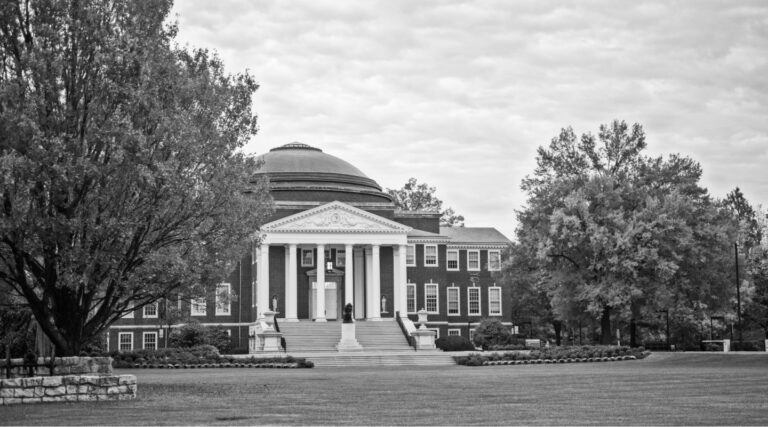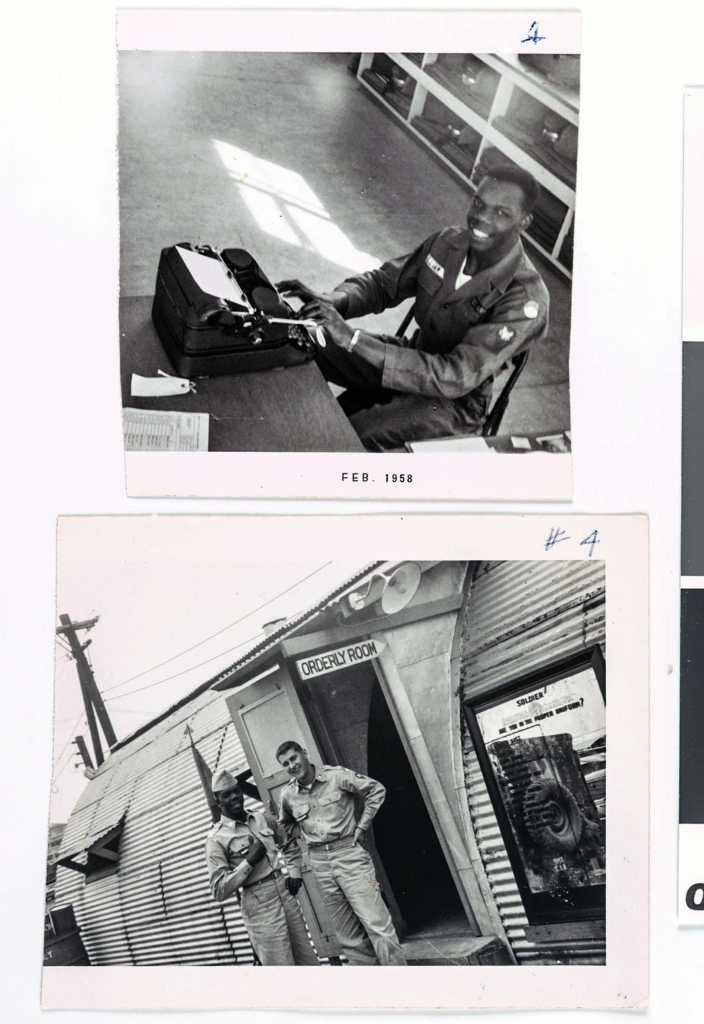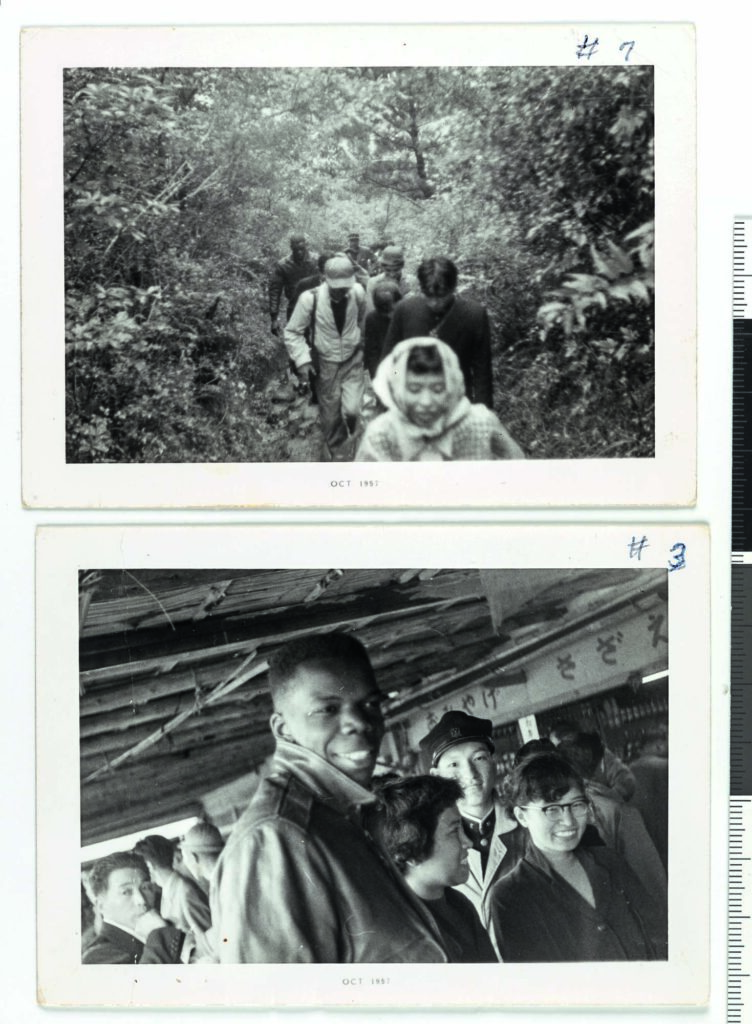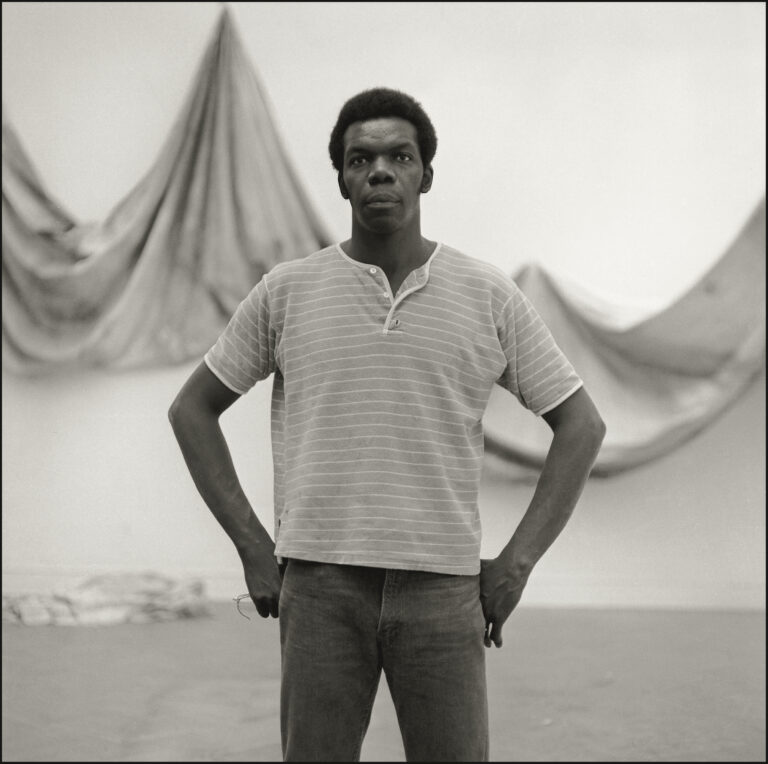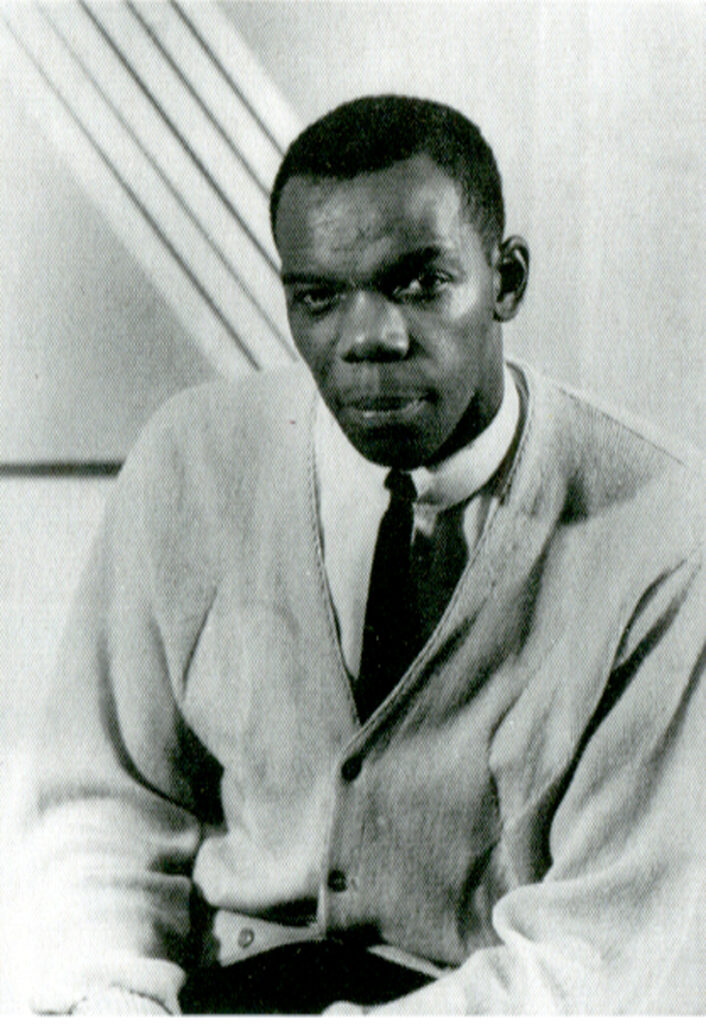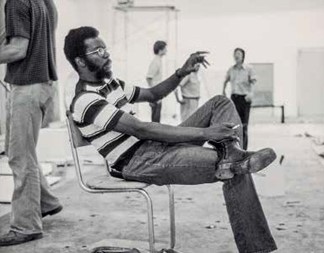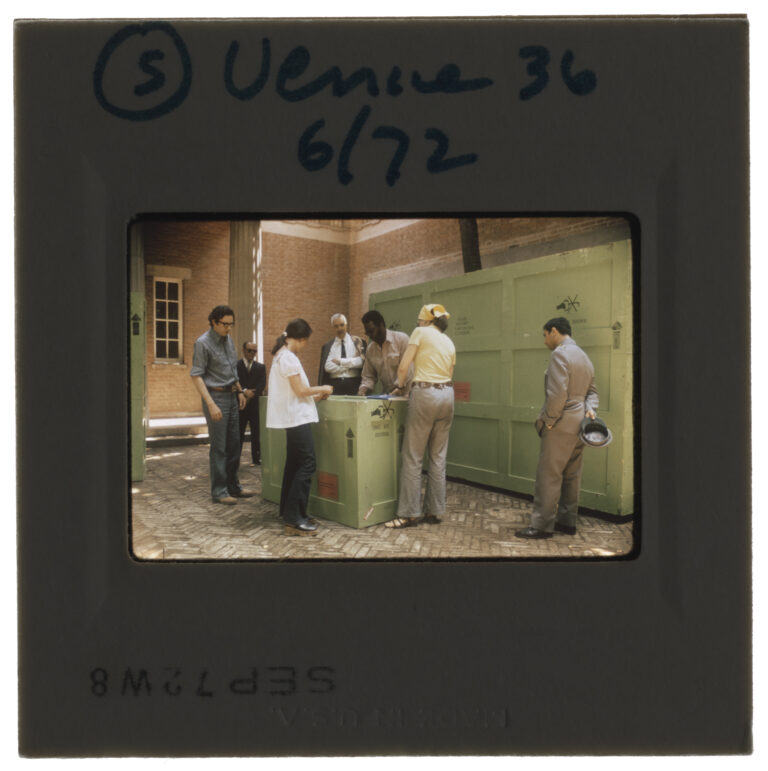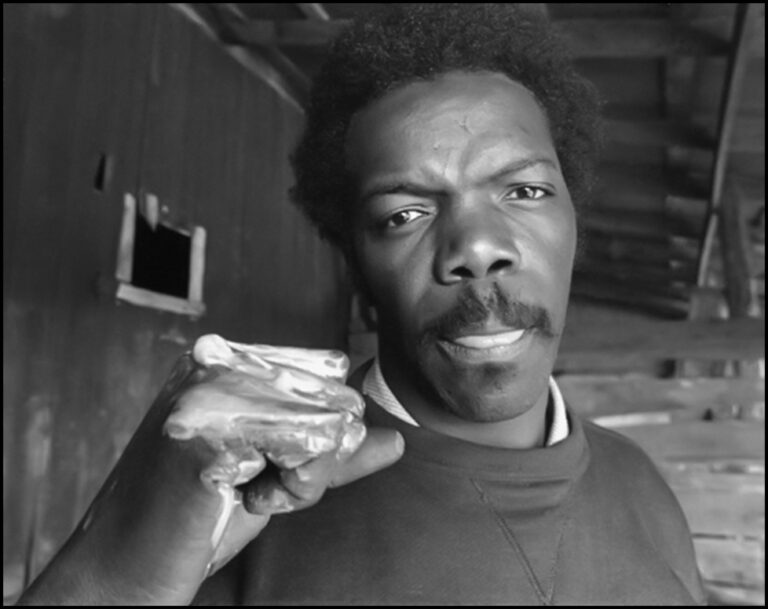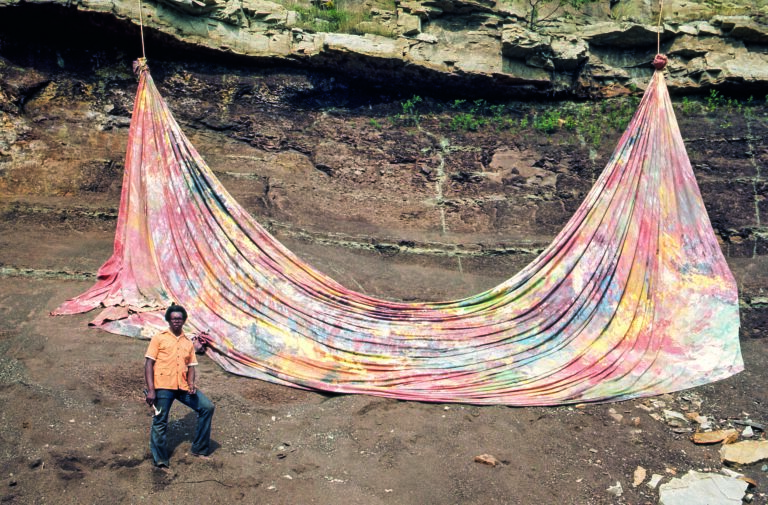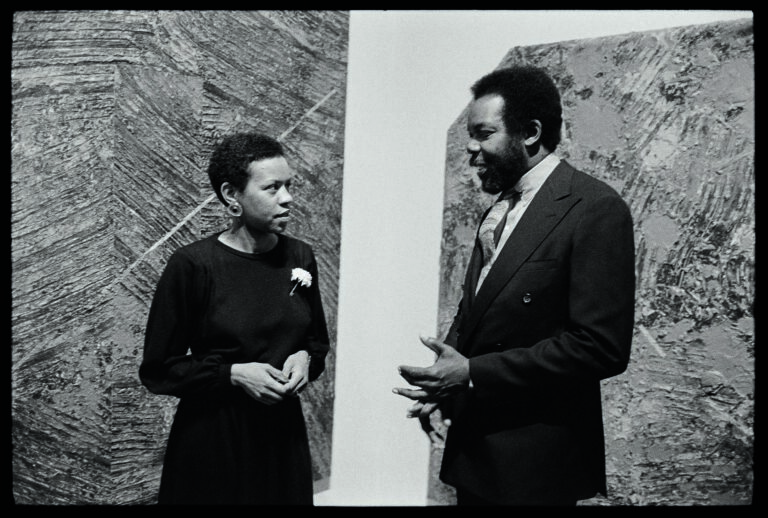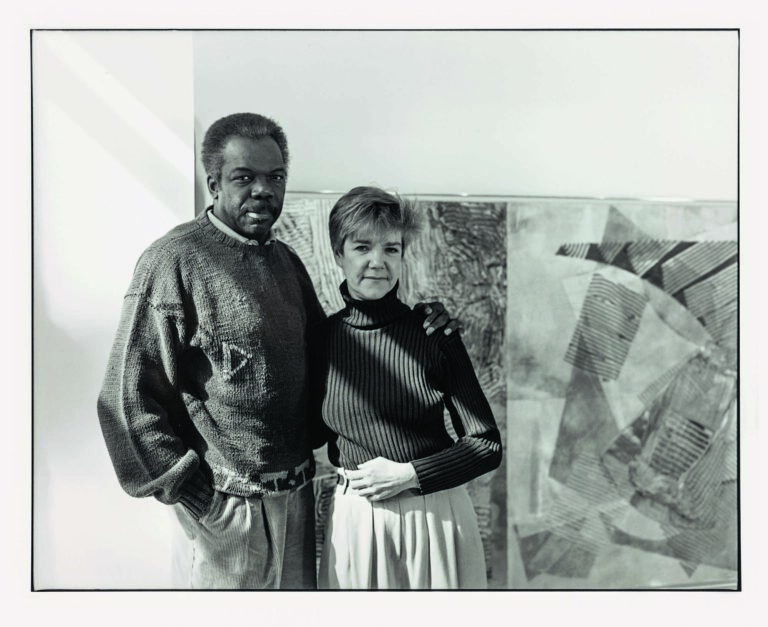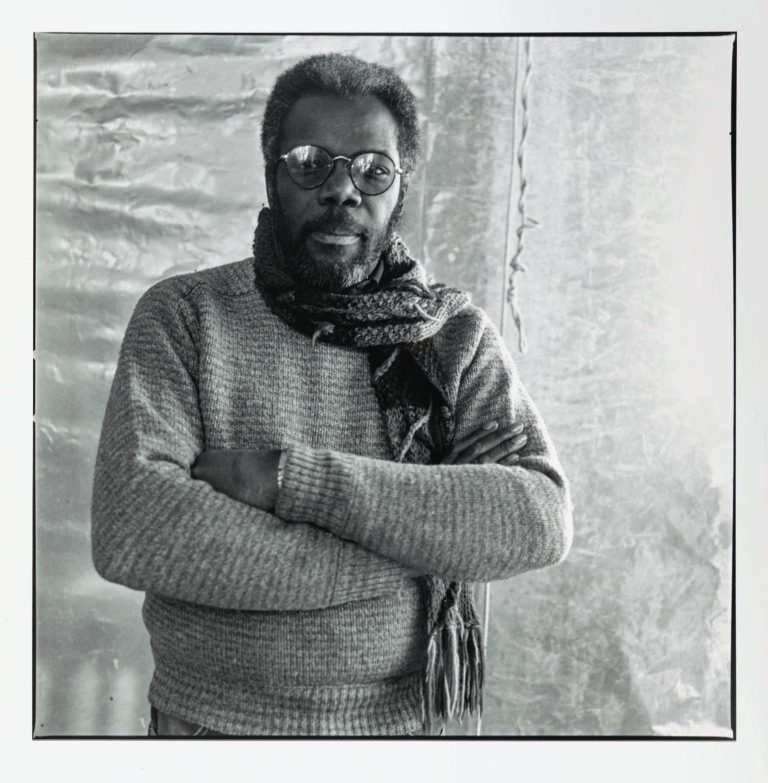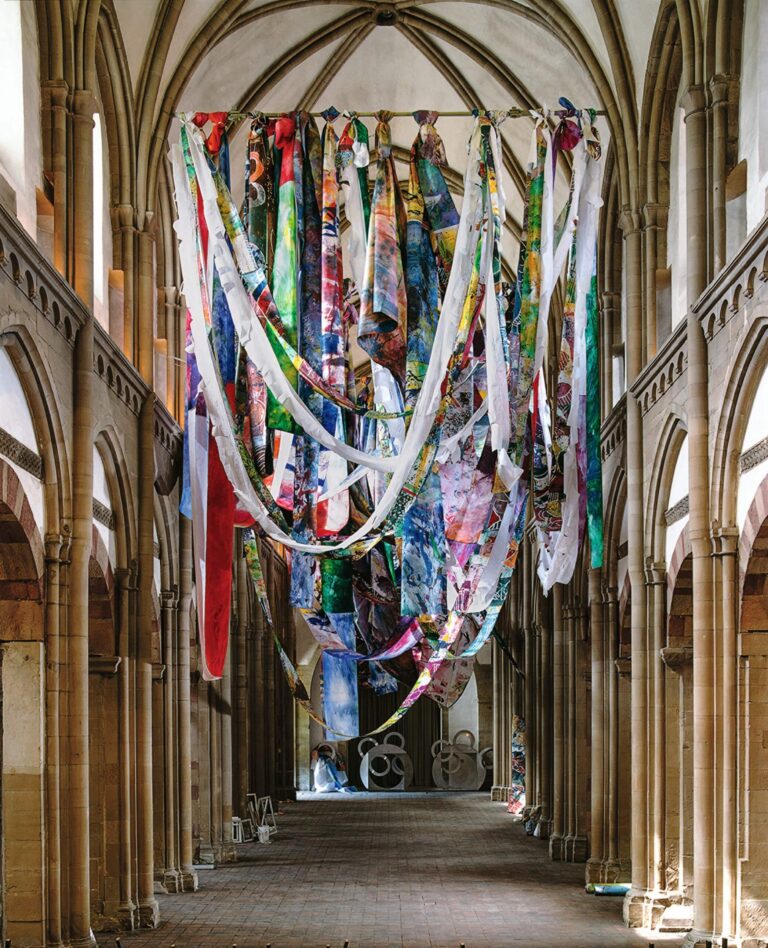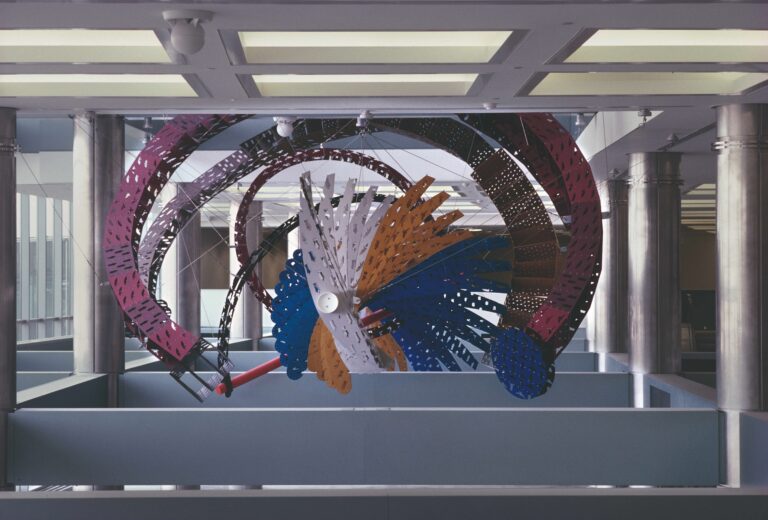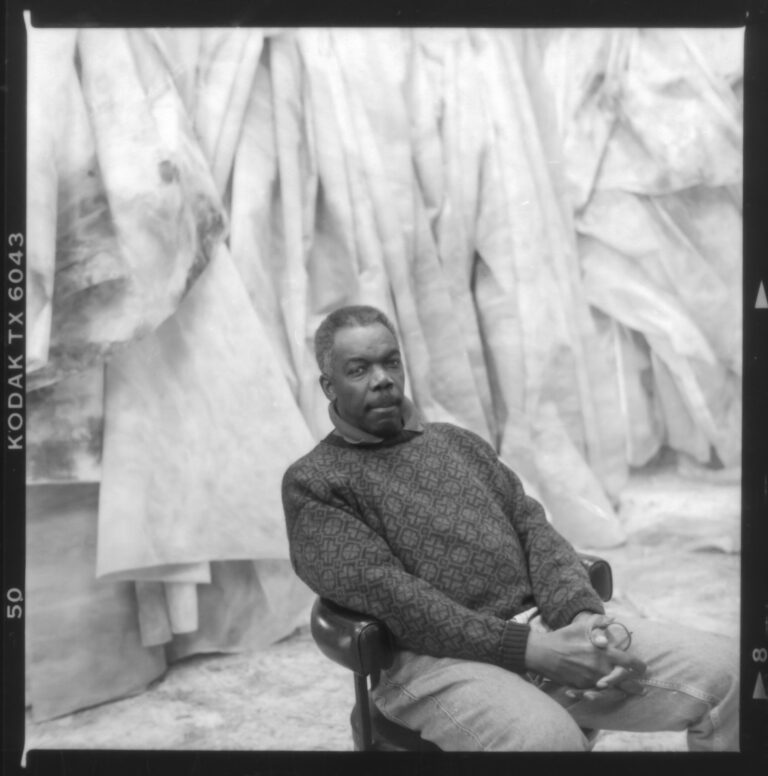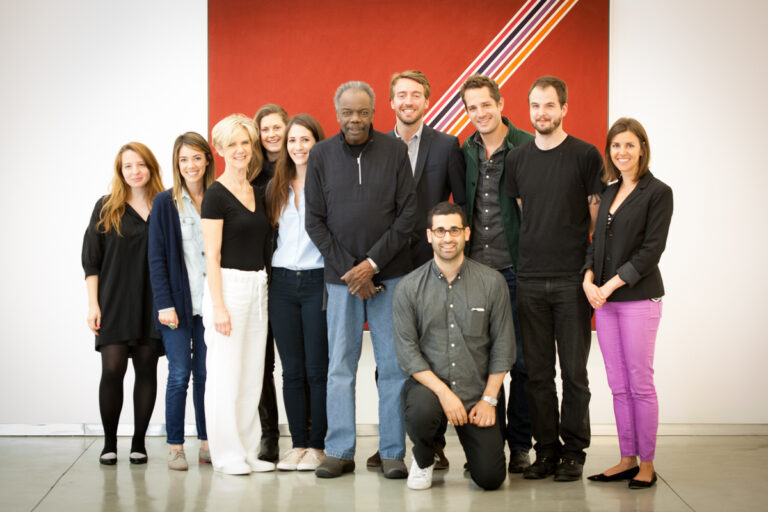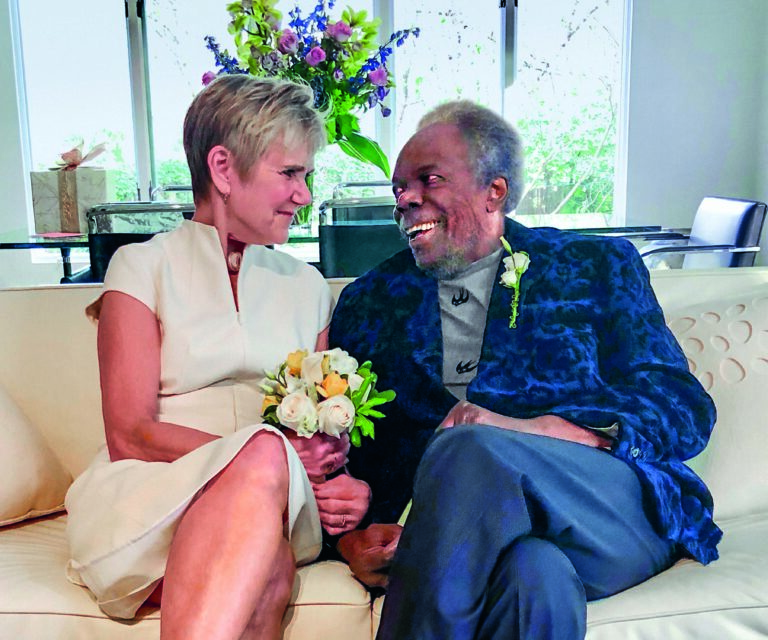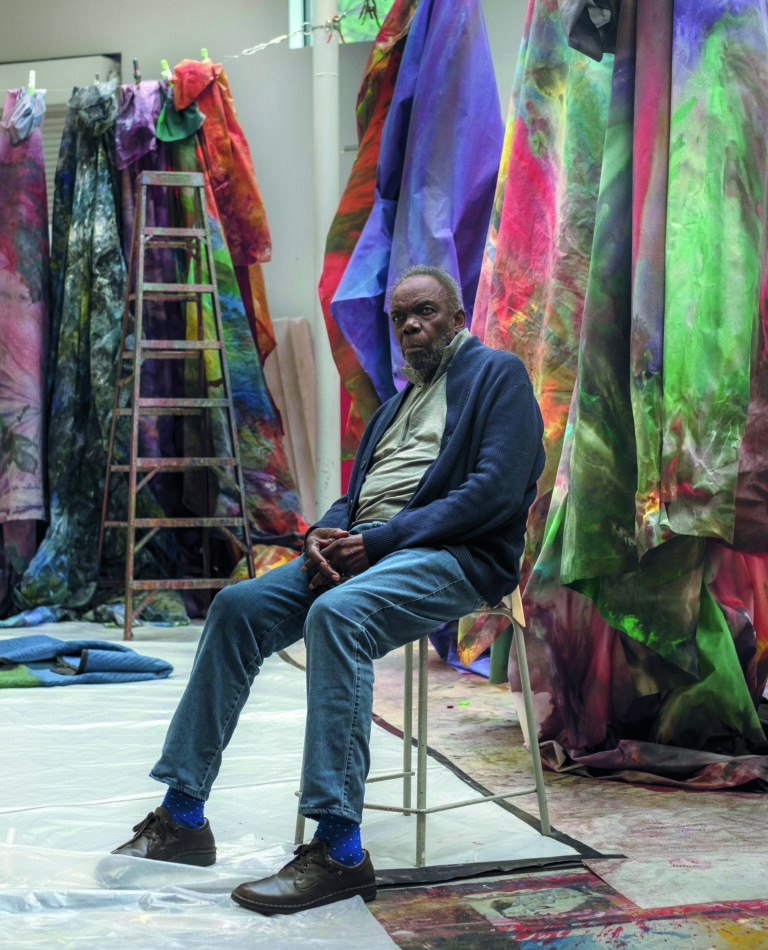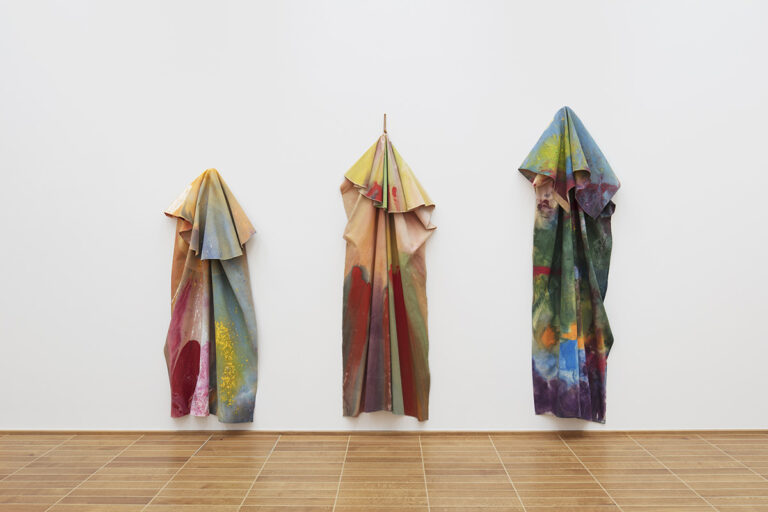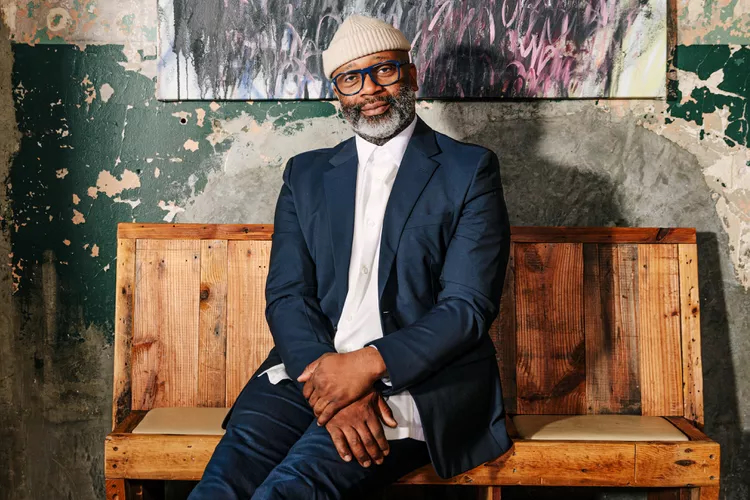About Sam Gilliam
Throughout his life and career, Sam Gilliam pushed the boundaries of abstraction by consistently inventing forms and incorporating new materials into his work. In the 1960s, Gilliam established himself as a pioneer of abstract art when he freed the canvas from the constraints of the wooden stretcher, forever changing the trajectory of painting. His iconic Drape paintings, which he continued to iterate over the course of his life, blur the boundaries between painting, sculpture and architecture and emphasize the experience and possibilities of painting.
Gilliam is widely revered as a brilliant colorist who used vibrant tones in compelling new ways, and is lauded as an expansive member of the Washington Color School. His work is often considered an evolution of Abstract Expressionism, alongside notable artists such as Jackson Pollock and Kenneth Noland, and is recognized for his revolutionary use of color as a means to create structure on the canvas and for his understanding of paint as a sculptural material.
For Gilliam, artmaking was inherently political. During the tumultuous decades of the sixties and seventies, when many artists turned to figurative works to address social issues, Gilliam remained committed to abstraction, which allowed his work to be interpreted in myriad ways. While his influences were as wide-ranging as European modernism, jazz, constructivism, and renaissance painting, he simultaneously advanced appreciation of the work of Black artists on his own terms and, in 1972, was the first African American artist to represent the United States in a solo presentation at the Venice Biennale.
Gilliam was included in the Venice Biennale for a second time in 2017, and was the subject of solo exhibitions at The Museum of Modern Art, New York (1971), The Studio Museum in Harlem, New York (1982), J.B. Speed Memorial Museum, Louisville, Kentucky (1996), Kunstmuseum Basel, Switzerland (2018), and the Hirshhorn Museum and Sculpture Garden (2022). Gilliam received the U.S. State Department’s Medal of Arts in 2015 for his cultural diplomacy, as well as honorary doctorates from eight universities. He was elected into the American Academy of Arts and Sciences in 2022. In addition to his countless professional accolades, Gilliam maintained an active relationship with young artists and curators through his work as a teacher and his openness to art practitioners and scholars visiting his studio.
The following chronology of Sam Gilliam’s life work from 1933-2022 by Andria Hickey draws on the extensive research provided in a chronology compiled by Jonathan Binstock and Tatum Webb Read in 2005 and included in the catalogue accompanying the exhibition ‘Sam Gilliam: A Retrospective’ at the Corcoran Gallery of Art, Washington, D.C., as well as important updates included in the chronology compiled by the curatorial team at Kunstmuseum Basel for the catalogue accompanying ‘The Music of Color. Sam Gilliam 1967–1973’, on view in Basel, Switzerland, in 2018.
This timeline also relies on first-hand accounts and is indebted to the interviews and conversations that Gilliam recorded in his lifetime, specifically the Smithsonian’s 1984 Oral History interview between Gilliam and Kenneth Young and the 1989 Oral History interview between Ben Forgey and Gilliam, both for the Archives of American Art, as well as Binstock’s ongoing conversations with Gilliam, published in ‘The Music of Color’, and Gilliam’s interview with Hans Ulrich Obrist published in the Sam Gilliam: Existed Existing exhibition catalogue in 2020. Digital archives and object files in various museums throughout the United States also provided important insight into Gilliam’s exhibition history, public engagements and acquisitions. Additionally, this chronology draws on personal interviews conducted with Gilliam’s friends and colleagues, who generously contributed to this process, among them Arne Glimcher, Melvin Edwards, Rashid Johnson, David Kordansky, Thaddeus Mosley and William T. Williams. The stewards of Gilliam’s archive and estate, Annie Gawlak, studio manager Jenn DePalma and studio assistant Olivia Armacost Bliven, along with Pace Gallery and David Kordansky Gallery, provided invaluable guidance and support, in particular Arne Glimcher and Jon Mason, Director of Research and Archives, as well as David Kordansky Gallery’s Senior Director Kurt Mueller and archivist Ashley Park.
